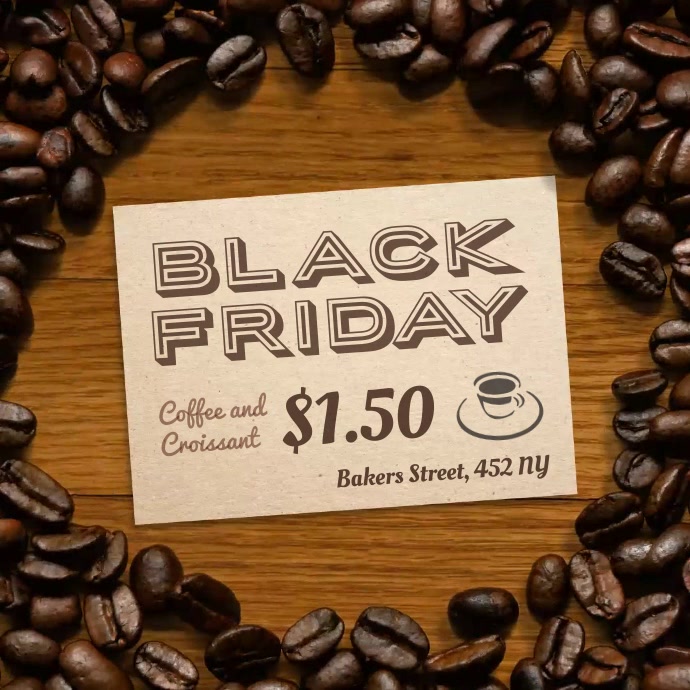Seasonal trends play a pivotal role in shaping consumer behavior, offering businesses a prime opportunity to align their marketing strategies with customer needs. By capitalizing on seasonal trends, businesses can boost engagement, increase sales, and create memorable campaigns. Let’s dive into how understanding marketing timing and festive opportunities can drive your success.
What Are Seasonal Trends?

Seasonal trends refer to patterns in consumer behavior that align with specific times of the year, such as holidays, festivals, or seasonal changes. These trends impact what consumers buy, how they shop, and how they respond to marketing efforts. Leveraging these trends allows businesses to align their products, services, and messaging with customer expectations.
Why Seasonal Trends Matter in Marketing
- Increased Demand: Seasonal trends often lead to spikes in demand for specific products or services.
- Enhanced Engagement: Consumers are more likely to interact with campaigns that resonate with seasonal themes.
- Better Timing: Aligning marketing efforts with seasonal opportunities ensures relevance and maximizes impact.
- Improved ROI: Seasonal campaigns often yield higher returns due to increased customer responsiveness.
Identifying Seasonal Trends

To leverage seasonal trends effectively, it’s crucial to identify the trends most relevant to your business. Here’s how:
- Analyze Past Data: Review sales data, website traffic, and engagement metrics from previous years to identify patterns.
- Monitor Market Trends: Stay updated on industry reports and consumer behavior studies.
- Use Social Media Insights: Platforms like Instagram and Twitter can reveal trending topics and hashtags.
- Engage with Customers: Conduct surveys or ask customers directly about their seasonal preferences.
Leveraging Seasonal Trends for Success
1. Tailor Your Product Offerings
Adapt your products or services to align with seasonal trends. For instance:
- A cafe might introduce pumpkin spice lattes during autumn.
- A clothing store could promote cozy sweaters in winter.
- An online business could offer festive gift packages during the holiday season.
2. Create Targeted Marketing Campaigns

Develop campaigns that resonate with the emotions and themes of the season. Focus on:
- Storytelling: Share narratives that connect with seasonal sentiments, such as family, gratitude, or celebration.
- Visuals: Use seasonal colors, imagery, and themes in your ads and social media posts.
- Messaging: Craft slogans or taglines that reflect the season’s spirit.
3. Leverage Festive Opportunities
Festivals and holidays are prime occasions to engage customers. Some ideas include:
- Discounts and Promotions: Offer limited-time deals to create urgency.
- Festive Events: Host in-store or virtual events, such as holiday workshops or live sales.
- Collaborations: Partner with influencers or other businesses to expand your reach.
4. Optimize Marketing Timing
Timing is everything when it comes to seasonal trends. Plan your campaigns to align with the start of the season or key shopping periods. For example:
- Launch holiday campaigns well before major shopping days like Black Friday.
- Promote back-to-school items in late summer.
- Highlight New Year’s resolution products in December.

Examples of Successful Seasonal Marketing
- Starbucks’ Pumpkin Spice Latte: This seasonal favorite has become a cultural phenomenon, driving sales every autumn.
- Coca-Cola’s Holiday Campaigns: Their festive ads featuring the iconic Santa Claus create a strong emotional connection.
- Amazon’s Prime Day: While not tied to a traditional holiday, this seasonal event leverages timing to boost sales.
Challenges in Leveraging Seasonal Trends
While seasonal trends offer great opportunities, they also come with challenges:
- Increased Competition: Many businesses target the same seasonal opportunities, making it crucial to stand out.
- Inventory Management: Overestimating or underestimating demand can lead to stock issues.
- Short Campaign Windows: Seasonal campaigns require precise timing to maximize impact.
Tips for Overcoming Challenges
- Plan Ahead: Start preparing for seasonal campaigns months in advance.
- Be Unique: Differentiate your offerings to stand out from competitors.
- Monitor Performance: Use real-time analytics to adjust your strategy during the campaign.
Conclusion
Seasonal trends offer a powerful way to align your marketing efforts with consumer behavior and capitalize on festive opportunities. By tailoring your products, optimizing your timing, and creating compelling campaigns, you can drive engagement and boost sales. Stay proactive, plan ahead, and embrace the seasonal spirit to ensure your business’s success.
FAQ’s
Q1: How can small businesses identify relevant seasonal trends?
Small businesses can analyze past sales data, monitor social media trends, and engage directly with their customers to identify seasonal preferences.
Q2: What if my business isn’t tied to traditional holidays?
Create your own seasonal events or promotions, such as anniversary sales or customer appreciation days.
Q3: How early should I start planning seasonal campaigns?
Start planning at least 2-3 months in advance to ensure sufficient time for preparation and promotion.
Q4: Can seasonal trends work for online businesses?
Absolutely. Online businesses can leverage seasonal trends through targeted ads, themed landing pages, and email campaigns.
Q5: How do I measure the success of seasonal campaigns?
Track metrics such as sales, website traffic, social media engagement, and customer feedback to evaluate your campaign’s impact.








